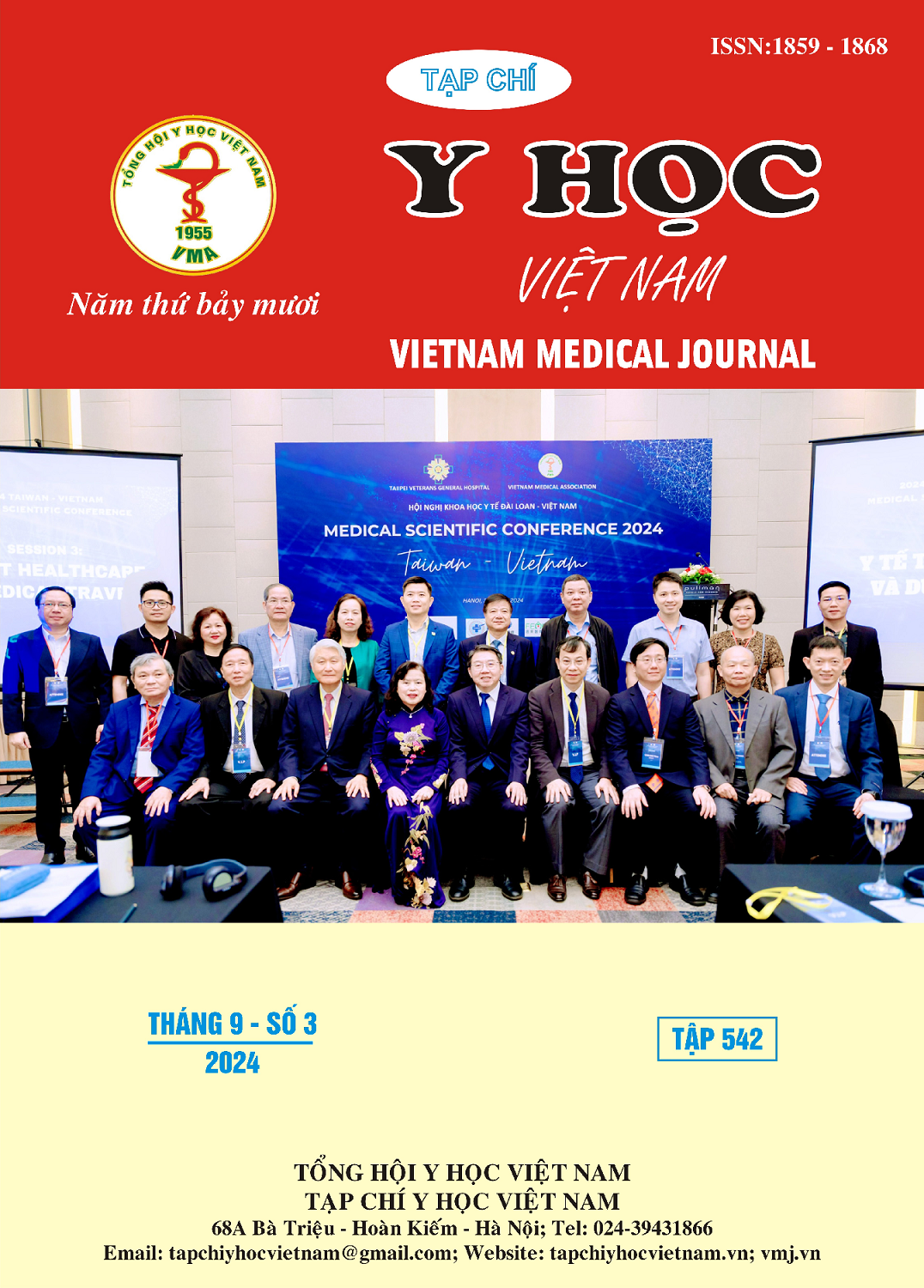BARRIER FACTOR OF THE ELDERLY PARTICIPATING IN THE OTAGO EXERCISE PROGRAM TO PREVENT THE RISK OF FALLS IN TWO COMMUNITIES IN VU THU DISTRICT, THAI BINH PROVINCE
Main Article Content
Abstract
Objective: Evaluate barrier factors of the elderly participating in the Otago exercise program to prevent the risk of falls in two communes in Vu Thu district, Thai Binh province. Methods: An intervention study with a control group combining quantitative and qualitative (group discussion) was conducted on 254 elderly people in two communes of Vu Thu district, Thai Binh province. Results: Barrier factors of the elderly participating in the Otago exercise program include: (1) Functional impairment leading to reduced communication ability (29,9%); forgetful and need someone to remind them; difficulty remembering some certain movements, especially for people aged 70 and over; depends on the health status of the elderly. Conclusion: The elderly when participating in the Otago fall prevention exercise program encounter a number of barriers, especially the group over 70 years old, so health workers need to pay attention to the elderly group aged 70 and over and and the health status of the elderly, while being flexible in organizing and implementing the Otago exercise program. K
Article Details
Keywords
Fall’ Prevantion Otago excersice Program; the elderly; barrier
References
2. WHO (2021), Falls, Accessed Date 3-2021, web https://www.who.int/news-room/fact-sheets/detail/falls.
3. Mgbeojedo, U. G., Akosile, C. O., Okoye, E. C. et al (2023). Effects of Otago exercise program on physical and psychosocial functions among community-dwelling and institutionalized older adults: A scoping review. INQUIRY: The Journal of Health Care Organization, Provision, and Financing, 60, 00469580231165858.
4. WHO (2017). Integrated care for older people: guidelines on community-level interventions to manage declines in intrinsic capacity. Geneva: World Health Organization; 2017. Licence: CC BY-NC-SA 3.0 IGO
5. Tools to Implement the Otago Exercise Program: A Program to Reduce Falls. Second Edition (2023). https://www.med. unc.edu/aging/cgwep/wp-content/uploads/sites/ 865/2023/08/Otago - 2023- Implementation-Guide-for-PT-1.pdf
6. Yang, Y., Wang, K., Liu, H.et al (2022). The impact of Otago exercise programme on the prevention of falls in older adult: A systematic review. Frontiers in public health, 10, 953593.
7. Ong, R. H. S., Nurjono, M., Oh, H. C., Lien, C. T. C. et al (2024). Factors influencing the implementation of a fall prevention exercise program for community-dwelling older adults: a qualitative study guided by the PRECEDE-PROCEED Model. Clinical interventions in aging, 857-871
8. Fernandes J. B., Fernandes S. B., Almeida A. S. et al (2021), Older Adults' Perceived Barriers to Participation in a Falls Prevention Strategy, J Pers Med. 11(6).
9. Vincenzo J. L., Patton S. K., Lefler L. L. et al (2022), A qualitative study of older adults' facilitators, barriers, and cues to action to engage in falls prevention using health belief model constructs, Archives of Gerontology and Geriatrics. 99. 104610.
10. Loganathan A., Ng C. J. & Low W. Y. (2016), Views and experiences of Malaysian older persons about falls and their prevention - A qualitative study, BMC Geriatrics. 16(1). 97.


